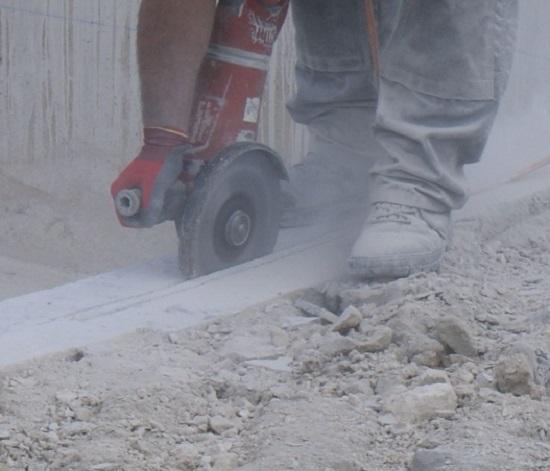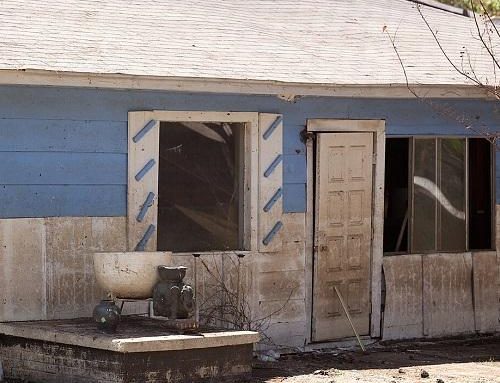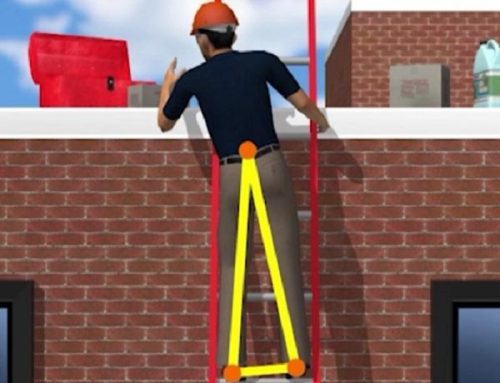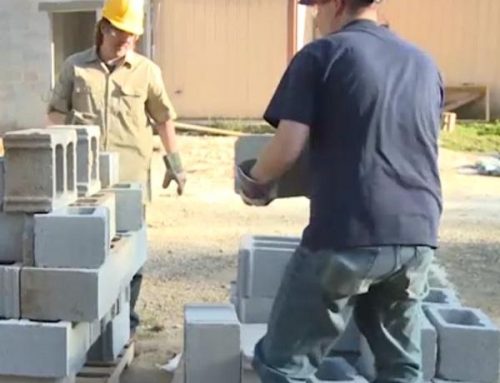The use of handheld grinders in construction work can generate extremely fine and hazardous silica dust particles that put workers at risk of lung damage and silicosis when inhaled over time. Controlling silica exposures from handheld grinding operations has become increasingly important with the recent implementation of more stringent permissible exposure limits. This article outlines the methods available to effectively minimize workers’ exposure to silica dust while using handheld grinders for tasks such as smoothing, cutting, or polishing concrete and masonry.
Grinding Tool Types and Associated Hazards
Handheld grinders, including angle grinders, rotary tools, cut-off machines and other hand-operated power tools come in electric or pneumatic versions. They utilize a variety of interchangeable grinding wheels, discs and attachments made of abrasive materials to grind, sand, brush, polish and cut surfaces of materials that contain crystalline silica. Intense friction and high rotational speeds generate large quantities of fine silica particles that can be easily inhaled. Uncontrolled use, especially indoors or in confined spaces, can expose operators and nearby workers to hazardous concentrations of airborne silica dust.
Engineering Control Methods
The most reliable way to control silica exposures from handheld grinding is through engineering solutions that isolate workers from dust generation sources or remove dust from the air. The construction silica standard outlines two methods meeting the required engineering control criteria for cutting, smoothing and grinding tasks with handheld grinders (excluding mortar removal):
- Water Delivery System: Grinders equipped with built-in water lines can continuously feed water to the grinding surface to minimize airborne dust. This wet method tool is well suited for outdoor work on uneven surfaces where it can effectively suppress dust at the source while smoothing edges, corners and difficult contours. Users should ensure uninterrupted water flow rates sufficient to control visible dust emissions. Safety precautions should be taken around electricity when water streams are present. Routine tool maintenance and avoiding water wastage are also recommended. The slurry produced will need to be promptly cleaned up through vacuuming or other wet methods to prevent future silica exposures upon drying.
- Vacuum Dust Collection System (VDCS): This method relies on specialized grinding wheel guards connected to industrial vacuums that capture dust as it is generated before workers can inhale it. The vacuums must be sized appropriately – around 25 cubic feet per minute (cfm) of airflow for every inch of wheel diameter. They should also have pre-separators, cyclones or high-efficiency particulate air (HEPA) filters that collect extremely fine particles down to respirable sizes under 10 micrometers. Keeping the vacuum filter clean and properly maintaining all VDCS components are vital for dust control effectiveness. The enclosed shroud around the grinding wheel needs to be matched correctly to the tool and sized to provide maximum dust capture at the source while allowing the wheel to function freely.
Exposure Controls and Respiratory Protection
Given their superior source dust suppression capabilities, using wet grinders outdoors provides exposure levels below permissible limits, eliminating the need for respiratory protection. When VDCS-equipped tools are operated indoors or in confined spaces for over 4 hours per shift, the standard mandates a minimum APF 10 rated respirator to protect against residual silica exposures. Extra ventilation may also be required indoors to prevent visible dust and supplement VDCS capabilities. Proper respirator selection and fit, user training, medical exams, maintenance, and oversight are critical aspects of required respiratory protection programs.
Maintaining exposures below the action level through the aforementioned engineering and work practice controls prevents the need for further exposure assessment, respiratory protection programs or medical surveillance.
Implementing either integrated water delivery or vacuum dust collection systems on handheld grinders used for cutting, smoothing and grinding of silica-containing materials provides construction employers with flexible engineering control solutions. Proper selection, use, and maintenance of these exposure reduction systems provide significant worker health benefits by controlling fine silica dust at its source. These measures play an important role in accomplishing OSHA’s mission of ensuring safe and healthful working conditions free from recognized hazards.
Image reference:










